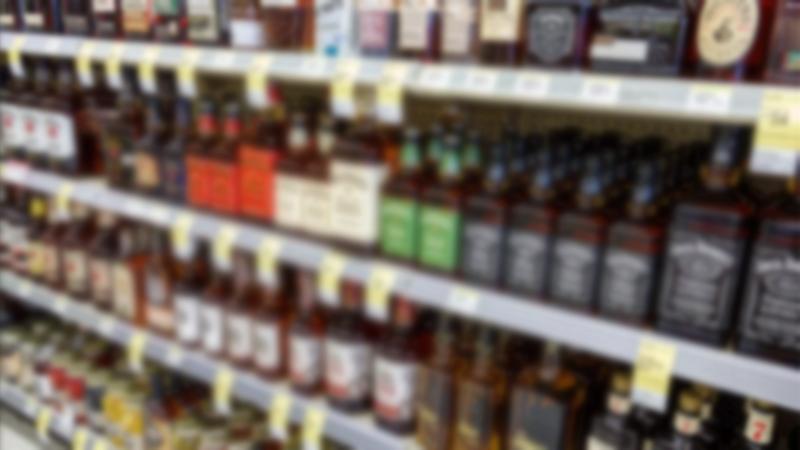
The price increase of local liquor, beer and cigarettes has induced consumers to change their drinking and smoking habits, Excise Department officials told the Sunday Observer yesterday.
They said that many people have been mixing local arrack with beer and drinking illicit liquor and smoking beedis following the price hikes.
The recent price hike on liquor has resulted in many people moving away from traditional liquor and tobacco to other types of drugs with high concentrations of toxic agents, tar, nicotine and harmful chemicals.
The emergence of Crystal Methamphetamine (Ice) and its significant availability and growth in the market may be partly attributed to the price increase in traditional liquor.
The Excise Department’s Additional Commissioner General of Excise, Dr. Kapila Kumarasinghe said that the accessibility of ICE is a dangerous trend, given the highly addictive nature of the drug. The fact that many youngsters are seemingly getting addicted to the “high” from Ice is a cause for alarm, he said.
Despite these concerns, the Excise Department has almost met its year-on-year revenue target of Rs. 217 billion set out for 2023. The department had raked in Rs 213 billion from liquor and Rs 3 billion from beedi by the end of April. The price of liquor covers high production costs, tax increases and VAT increases which is about 40 percent of the cost, he said.
Liquor sales have, however, dropped significantly. Industrialists recently met Finance Ministry high-ups to get a reduction in liquor prices.
On being asked if they were going to consider reducing liquor prices, a Finance Ministry spokesman said that they increased the prices of liquor products to discourage the public from consuming alcohol.
He said the Ministry has not decided to reduce liquor prices.
As concerns continue to grow, people are moving away from traditional liquor to more dangerous drugs. It is vital for the Government to consider alternative policies that balance revenue generation with public health concerns.
It is equally important to provide education and resources to prevent drug addiction and associated health risks, he added.
